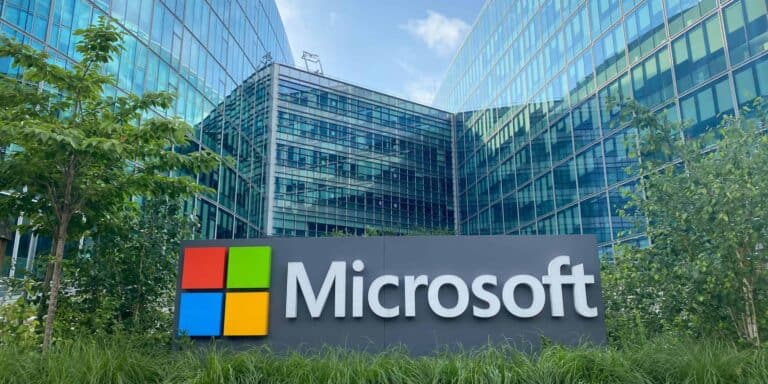“A golden opportunity” is how Microsoft describes the rollout of AI infrastructure in 2025. In its fiscal year, the tech giant plans to have spent $80 billion on new datacenters.
Microsoft’s fiscal year ends in June, so its commitment relies on a lot of work that’s already been done. Microsoft Chair and VP Brad Smith believe that some $80 billion in investments will have been put forward by the company between July 2024 and June 2025. He explains that most of these billions will be paid in U.S. dollars, too. “More than half of this total investment will be in the United States,” he says, “reflecting our commitment to this country and our confidence in the American economy.”
AI as an export
Smith refers several times to the potential of AI as an export for the US. He refers to the earlier successes around telecom equipment, rolled out globally by Western companies like Lucent and Nokia. However, Chinese infrastructure followed in their wake, notably Huawei. They subsequently delivered products that were cheaper and ultimately more popular, overtaking the American and European competition. Replacing Huawei when espionage suspicions arose proved to be costly and ought not to be repeated with AI, as the Microsoft Chair argues.
In short, Microsoft is casting AI as a new economic engine for the US. The text is an unmistakable charm offensive toward incoming President Trump. It emphasizes the continuity of issues and solutions offered in his first term, with the disruptive power of AI a new twist in the tale.
The thrust of “American AI” is easy to defend. Microsoft relies primarily on Nvidia GPUs when building out AI and uses OpenAI’s models throughout its software suite. However, Smith’s example around telcos is a bit of a non-sequitur: the only American company he mentions besides European players Alcatel, Ericsson and Nokia is Lucent, which went defunct in 2006.
European ally
Hence, it is unsurprising that Smith also looks to partners in other countries, including European nations. The implication, however, is that the EU is mostly ahead in regulating AI, not so much the technology itself. Also, Microsoft’s investment in Europe is presumably far less impressive than the total figure may suggest, as less than $40 billion is spread across AI datacenters in all regions outside the US.
Also read: Microsoft shows water-saving design for datacenters
